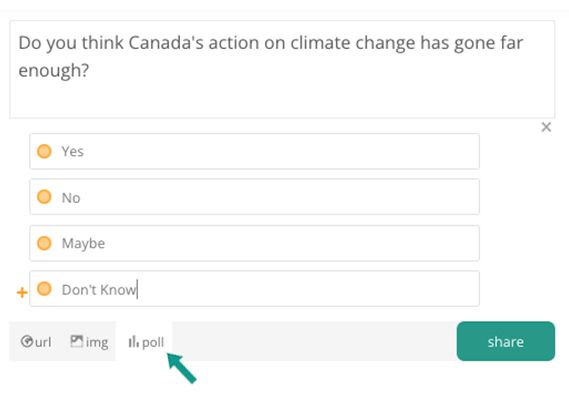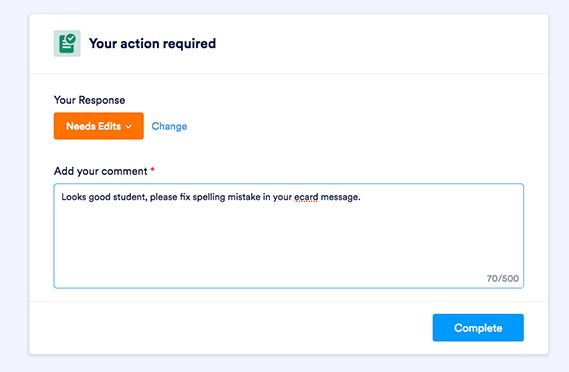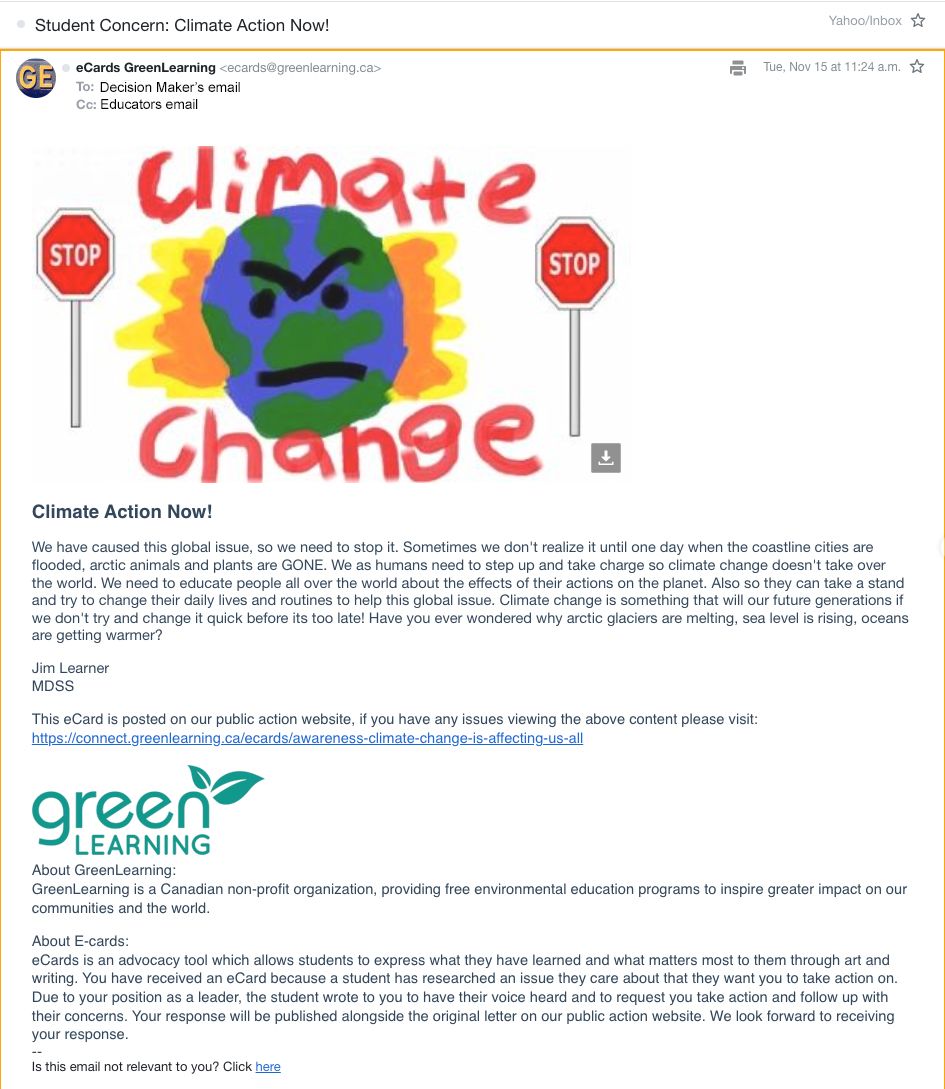2016 Re-Energy Solar Oven
Challenge Submission Showcase
Using a variety of recycled materials, these renewable energy chefs cooked everything from s'mores to nachos as they learned to harness some of the sun's power through their solar ovens.
Duffield School, Grade 5
Duffield, Alberta
The Duffield School participants consisted of the 5B Solar Club. We built three solar ovens using three designs, which we used to cook s’mores, eggs and mini marshmallows. In the morning of our day of cooking, it was sunny but in the afternoon, it was cloudy. Once it was cloudy, we couldn’t cook anything else. The oven was set up in the sun and had a reflector to direct the sun onto the food. We recorded the temperature and documented our observations every couple of minutes. We put it in the sun and used textbooks to tilt it so more sun could come in. Our solar oven was facing south. The weather was mostly sunny and then it became cloudy. It was about 20°C the day we did it. The thermometer only reached 30°C, but the thermometer was in the shade of my oven. The s’mores were in the sun. I put it on the steps outside our class so the sun would hit it.
Elizabeth Sutherland School
Halifax, Nova Scotia
We watched a couple videos and students were very intrigued by the more complicated designs. While many still chose the classic box, we had a lot more creativity than in past years. There were three parabolic cookers - one satellite and two umbrellas as well as four tire style cookers. We also tried to avoid using styrofoam as an insulator this year. Instead, we used cellulose home insulation since it was better for the environment and cheaper too. It also meant we got to wear some cool PPE (personal protective equipment). We had great weather, nice and sunny on both days that we tested, but the wind was definitely not our friend, particularly for the umbrella cookers.
Despite all the creativity, it was a classic box style cooker that hit our high temperature in the end. By using high grade insulation, the girls got their cookers to a temperature of 110°C. I was doubtful until I went to grab the thermometer and it was hot to touch. The umbrella cookers couldn’t get the convection advantage, and the tires being so large could only get to about 65°C. Most other box styles ranged from 50-85°C.
Mr. Murphy brought some stuff to make s’mores (classic!) but the students were open to all sorts of ideas. Omelettes were popular this year, although we didn’t have much success with those. One tire cooker made some toasty hot dogs and a chocolate fondue with fruit for dipping was very popular. We invited some teachers and admin to come try our food, as well as students from the learning centre. Although we only had two classes participating, the cookers were definitely the talk of the school as all sorts of neat materials were showing up each day.
Field Elementary School, Grades 1-3
Field, British Columbia
Students from grade 1 and 3 participated in the Solar Oven Challenge. There are only three people in our class so we only did one solar oven. It took us four days to build the oven. The weather in Field wasn’t good for cooking with our solar oven. So, we decided to cook our food in Golden. The weather in Golden on Friday was supposed to be sunny. Dishes cooked included Bannock and bread. Topics incorporated into the solar oven was the First Nations historic diet.
Hillview School
Edmonton, Alberta
We installed solar panels on our school this year so we thought it would be great to participate in the solar oven challenge. We looked at different designs and students had to create their own ovens based on their research. Students brought in boxes and tubes to work with and we provided insulating material, foil, and tape. We tested out the different ovens by having students cook their own s’mores. We were lucky as the weather was sunny reaching a high of 28 degrees, which is unusual for this time of year, but it was a little windy and that affected some of the lighter ovens. The students had a great time building, problem-solving, and testing their ovens. We provided s’mores and some even brought in hot dogs for their hot dog solar cookers, and one even brought in cookie dough. We shared some cookies with parents who came to help.
Orangeville Christian School, Grades 5 & 6
Orangeville, Ontario
On Friday, May 6, 2016 five groups made up of Grade 5 and 6 students at Orangeville Christian School went out to test their solar ovens. Four of the groups built their oven according to the plans at re-energy.ca and one group constructed a pizza box solar oven. With names like Sun Microwave and Heat Wave, the students were banking on success.
The solar ovens were placed outside at 9:30 a.m. and they all reached 100°C in the first 20 minutes, with one oven reaching a high of 175°C within the hour. It was time to cook! While some of the groups cooked hotdogs and s’mores, other groups were more adventurous. The McDonald’s Oven baked a chocolate chip pancake and the Heat Wave made chocolate chip cookies. The highlight was the group of boys who built the Sun Microwave. They started by mixing raw ground beef, onions and spices in a tin foil baking pan and placing it in their baking chamber. It took just over 90 minutes for it to cook but smelled delicious. The boys then layered the ground beef, nachos and cheese and put it back in the baking chamber until the cheese melted. The result was gourmet nachos.
The students felt tremendous success and it was great to see that some of them went above and beyond and were rewarded for their efforts. In the words of the students, “This was the best day of schools ever!”
St. Margaret’s School
Victoria, British Columbia
With six students in Grade 4, we discussed the properties of light that we had been investigating over the past few weeks. They decided to break into three groups so that there were two students making an oven together. They spent 20 minutes coming up with a design and deciding on materials. Materials they could use were shoe boxes, aluminum foil, wax paper, plastic wrap, masking tape, scotch tape, glue, coloured paper, scissors and other materials. The students spent about 30-35 minutes building their ovens and some made changes along the process after re-thinking material choices. The weather on the day of cooking was 14°C. The six students are going to prepare a presentation for our assembly K-4. We took lots of pictures and they will share their observations and thoughts of how to improve their ovens next time.
St. Mark’s Separate School
Mississauga, Ontario
The class was broken into five groups, each group had three or four students in it. Students researched some oven designs used in past challenges on your website and decided which idea or ideas they liked best. The students then spent a day building their ovens. We watched weather forecasts so that we could pick a sunny day. The day we put out our ovens, it was partly cloudy and windy with a temperature between 11-16°C. We set the ovens out in the morning and let them heat up. Once the ovens had heated up to their potential, the food went in. Again, the children waited and observed any changes in the food. Our principal took a picture of the students on the day of cooking and tweeted the picture to our Board website. It was a great experience that was loved by all.
The Valleys Senior Public School, Grade 6
Mississauga, Ontario
We started the challenge as an adjunct to the Grade 6 curriculum, asking for any students who wanted to extend their learning by building solar ovens.
At our first meeting, students divided into teams of three to five and began researching solar oven designs. The criteria for designs was that any design had to be made using household items with a cost under $10.00. This criterion eliminated some of the more elaborate designs such as those requiring metals or glass. In the end, two teams decided to build pizza box ovens while the third team opted for a cone oven.
One additional criteria were that teams look at ways to modify oven designs they found in their research. The pizza oven designs were modified by using a tin foil container painted black inside surrounded by insulating material (paper). The cone design was modified by adding a layer of saran wrap at the bottom of the oven cone and also insulating with paper.
We designated Tuesday, May 10th as a test day. The ovens were placed out in the morning facing east with thermometers inside. When we checked at noon, all the ovens had been offset due to wind. We gathered the ovens and analyzed how the ovens could be modified. There were 1kg weights in the science lab and we found they could be inserted in the ovens without disturbing the cooking area.
On Wednesday May 11th, the ovens were place outside again and allowed to heat. After heating in the morning, the pizza ovens registered just over 120°C while the cone oven registered above 125°C. We placed four s’mores, graham crackers, chocolate and marshmallows as well as a cupcake (made from store batter) in each oven. We expected to have to wait for anything to happen, but to our surprise the chocolate began to melt and the marshmallows softened within five minutes. We were able to each enjoy a s’more before the end of lunch. We reloaded the ovens and moved the cupcakes to the cone oven. When we checked at the end of the day the cupcakes had partially baked, although the interior was still soft.
The project was shared with the rest of the school community over announcements. We also plan on having a cooking day where we will sell s’mores and donate the money to a worthy cause.
GreenLearning
creates free education programs about energy, climate change and green
economy that engage and empower students to create positive change.
Explore
Get Involved
© 2024 GreenLearning. All rights reserved.
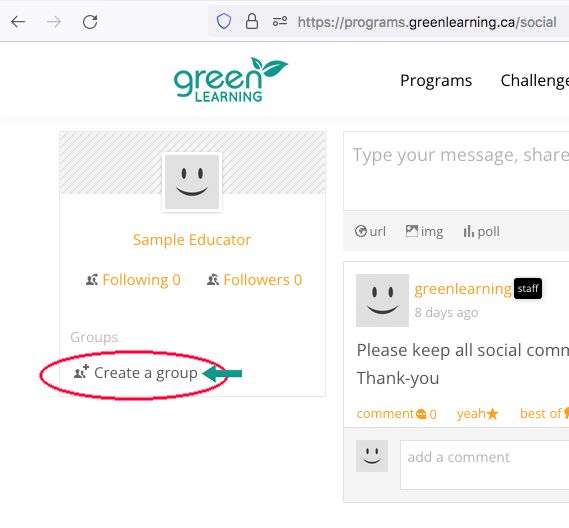


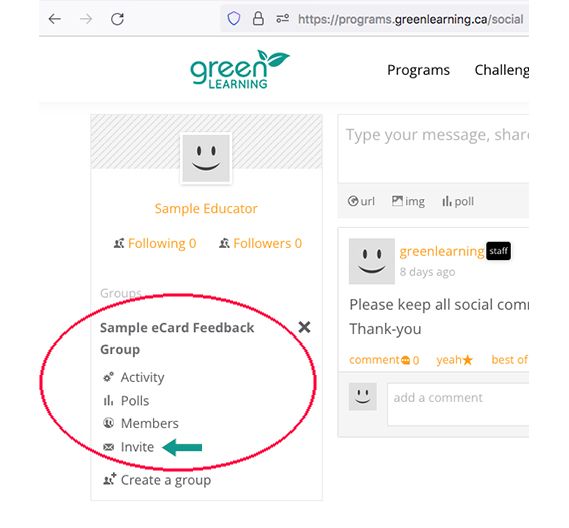

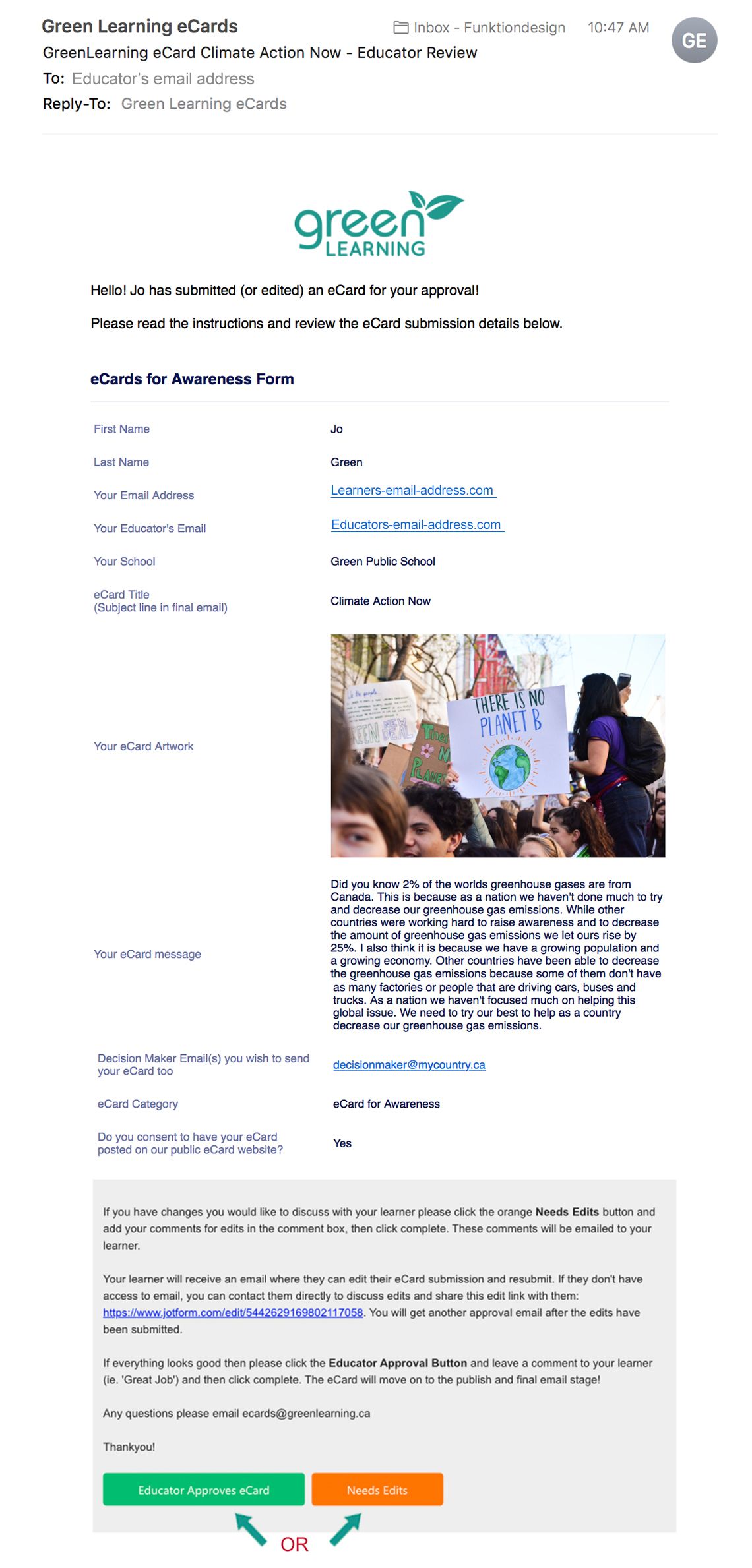

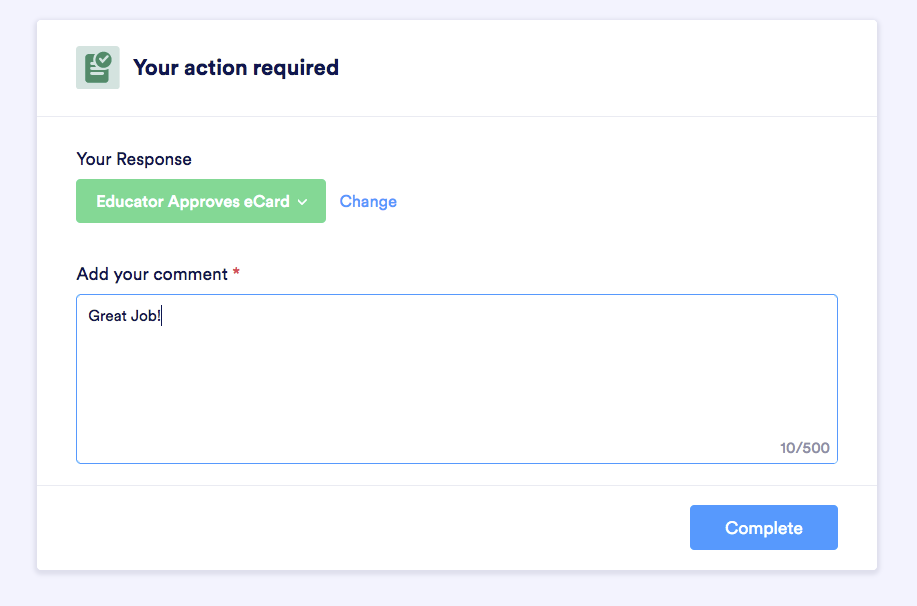

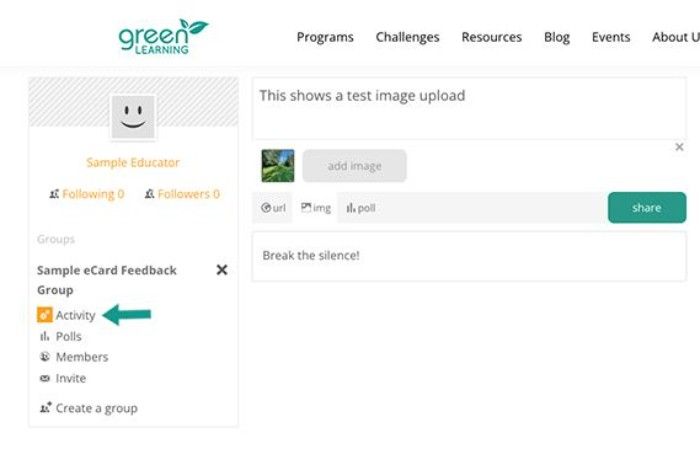
Activity link under private class group.

